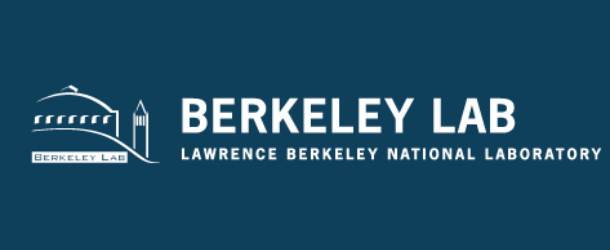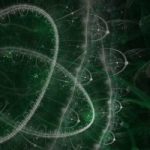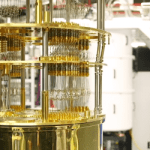HEP.QPR Project Part of Broader Initiative to Boost Quantum Information Science Research at Berkeley Lab

(LBL.gov) Physicists are turning to the fledgling field of quantum computing to find faster ways to analyze the incoming info to better prepare for this data deluge posed by next-generation upgrades and new experiments.
In a quantum computer, meanwhile, data is stored in quantum bits, or qubits. A qubit can represent a one, a zero, or a mixed state in which it is both a one and a zero at the same time.
By tapping into this and other quantum properties, quantum computers hold the potential to handle larger datasets and quickly work through some problems that would trip up even the world’s fastest supercomputers.
The HEP.QPR project is also part of a broader initiative to boost quantum information science research at Berkeley Lab and across U.S. national laboratories. Heather Gray, an experimental particle physicist at Berkeley Lab and a UC Berkeley physics professor, leads the Berkeley Lab-based R&D effort – Quantum Pattern Recognition for High-Energy Physics (HEP.QPR) – that seeks to identify quantum technologies to rapidly perform this pattern-recognition process in very-high-volume collision data. This R&D effort is funded as part of the DOE’s QuantISED (Quantum Information Science Enabled Discovery for High Energy Physics) portfolio.























